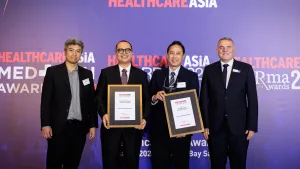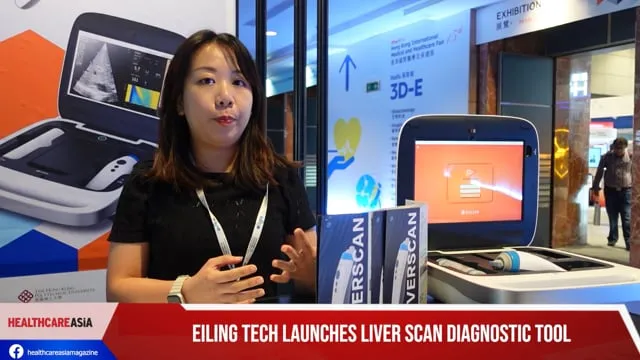Building Equitable Digital Health Ecosystems
By Howie SimThe use of telehealth solutions increased 38-fold during the pandemic, according to research conducted by McKinsey. However, telehealth and telemedicine solutions go far beyond video consultations today, and can provide patients with longitudinal virtual care, connecting them to healthcare professionals based on their needs. But as digital health expands, it is important that healthcare providers design equitable digital health ecosystems that benefit everyone, not just the privileged few.
Whilst telehealth has undoubtedly made healthcare services more accessible to many people, there is still much to be done to ensure that digital health solutions are designed, developed, and deployed with a focus on equitable access.
Healthcare benefit costs in Asia Pacific is expected to increase by 10.2 percent in 2023, according to the 2023 Global Media Trends Survey. In the coming year, the recessionary conditions in the global economy and rising healthcare costs will only exacerbate the gulf in healthcare accessibility between the rich and the poor.
This needs urgent attention as inequities in healthcare access have been amplified in recent years by an increase in diseases, expanding populations, and shortages of healthcare workers.
So, how would this work in practice?
Framework for Building an Equitable Digital Health Ecosystem
To begin, we need to recognise that the healthcare sector, even under the pain of pressure presented by COVID-19, is evolving at a breakneck pace. McKinsey reckons that given the rate of change - with consumer-centric digital health ecosystems forming at unprecedented speed and scale driven by shifting demographics, rising consumer expectations, and technological innovations - healthcare will be almost unrecognisable decades from now.
When designing new healthcare technologies and solutions, healthcare providers require a practical guide to incorporating health equity. In the race to evolve traditional approaches to care delivery, wellness and disease management, and other aspects of healthcare, an empathy-driven patient-centred framework is what is needed to guide providers to foster more responsible, sustainable, and equitable solutions.
This framework would include:
Involving the community. Engage key stakeholders in the healthcare system, including government entities, insurance companies, providers, practitioners, and patients, so that each group’s specific pain points can be adequately addressed.
2. Designing the right tech. A good digital healthcare ecosystem involves the integration of both online and offline resources, and provides healthcare providers with the ability to analyse data and gain insights on utilisation and efficiency. An equitable digital health ecosystem also needs to be designed for usability and digital inclusion, ensuring that diverse communities are able to access, understand and use the digital health services and tools.
3. Co-creating the solution. Collaboration is key to ensuring that solutions for key patient groups are built using best-in-class tools and tech, and localised to incorporate deep cultural nuances in the user experience and delivery of value-focused care.
4. Fostering learning. People need to understand how to use the technology they have access to. Given the rapid rate at which health tech is developing, it is essential that healthcare professionals keep up to date with the latest healthcare innovations through regular training and education programmes.
Key Components of Future Healthcare Ecosystems
New technological innovations are already enabling radical new approaches to healthcare, giving us a glimpse of what the future will look like. For instance, Qatar is rethinking the hospital concept — the country’s Al Daayan Health District will be made up of prefabricated modular units which can be easily reconfigured according to changing needs.
Deloitte says that future healthcare ecosystems will be made up of three integrated components: data and platforms which generate insights for decision-making and form the “backbone” of the ecosystem; facilities and communities that deliver consumer-centric wellbeing and care products and services; and the connectors, financers, and regulators that ensure safety, competence, and availability in healthcare practice.
Conclusion
The healthcare systems of the future will be less focused on providing care and more focused on helping individuals proactively maintain good health and wellbeing. Given lifestyle changes and increasingly tech-savvy and health-conscious consumers, it is likely that a personalised, engaging, and seamless healthcare journey will play a prominent role in our lives in the coming years.
Everyone deserves quality healthcare. As we move towards the future, it is important to recognise that while technology plays a crucial role in solving many challenges in the sector, we can only truly address health equity when we embrace a patient-centred healthcare framework to ensure no one is left behind.

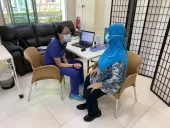



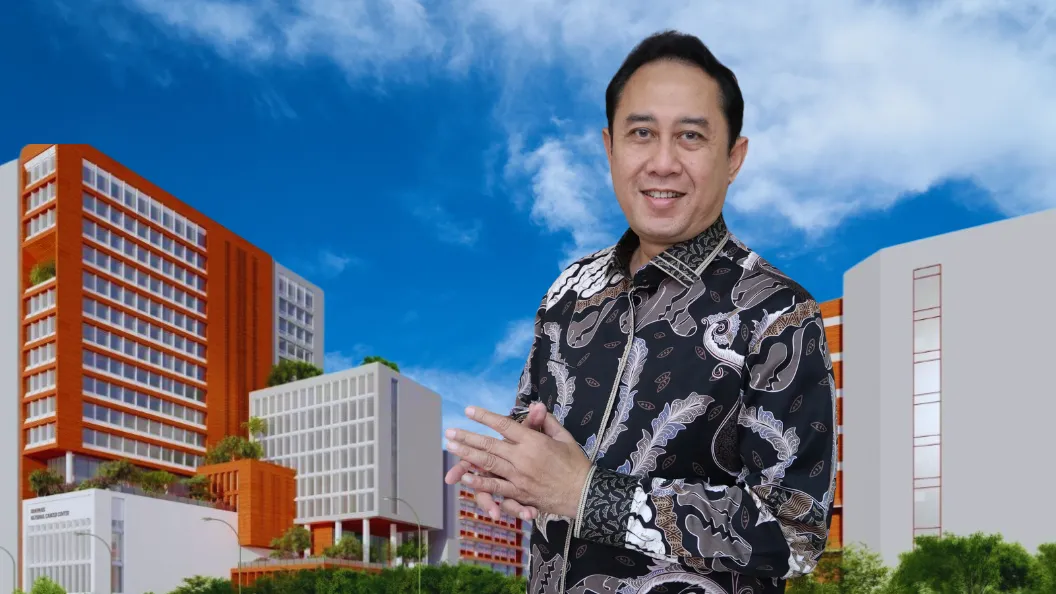
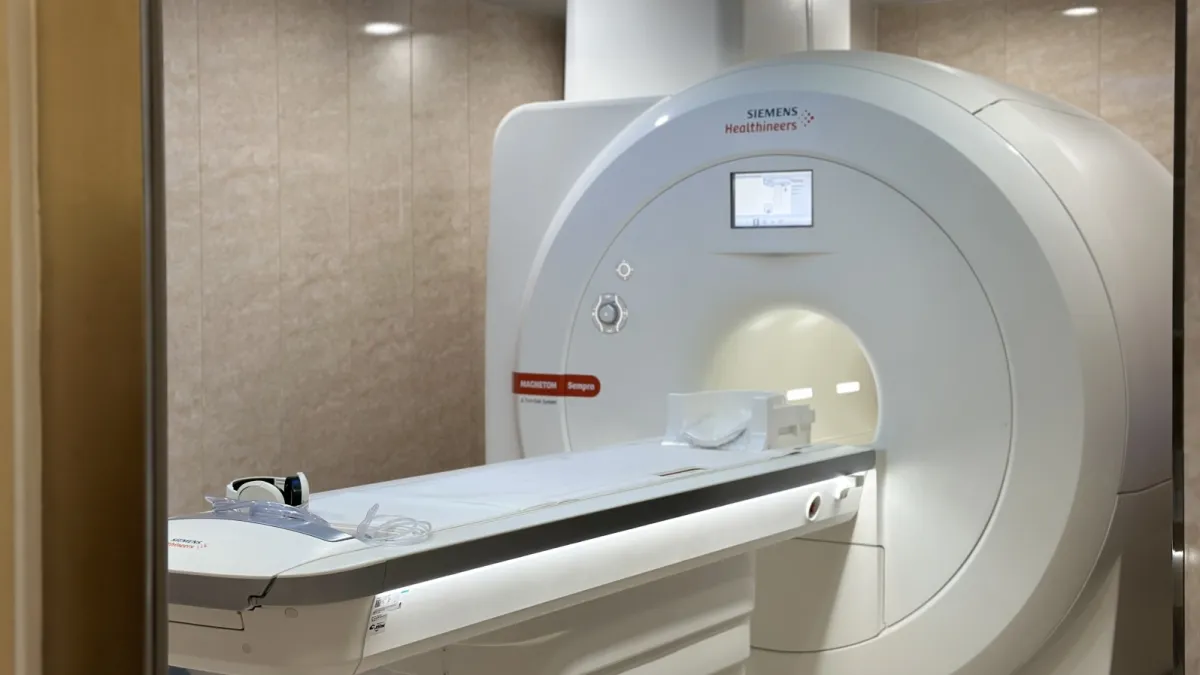




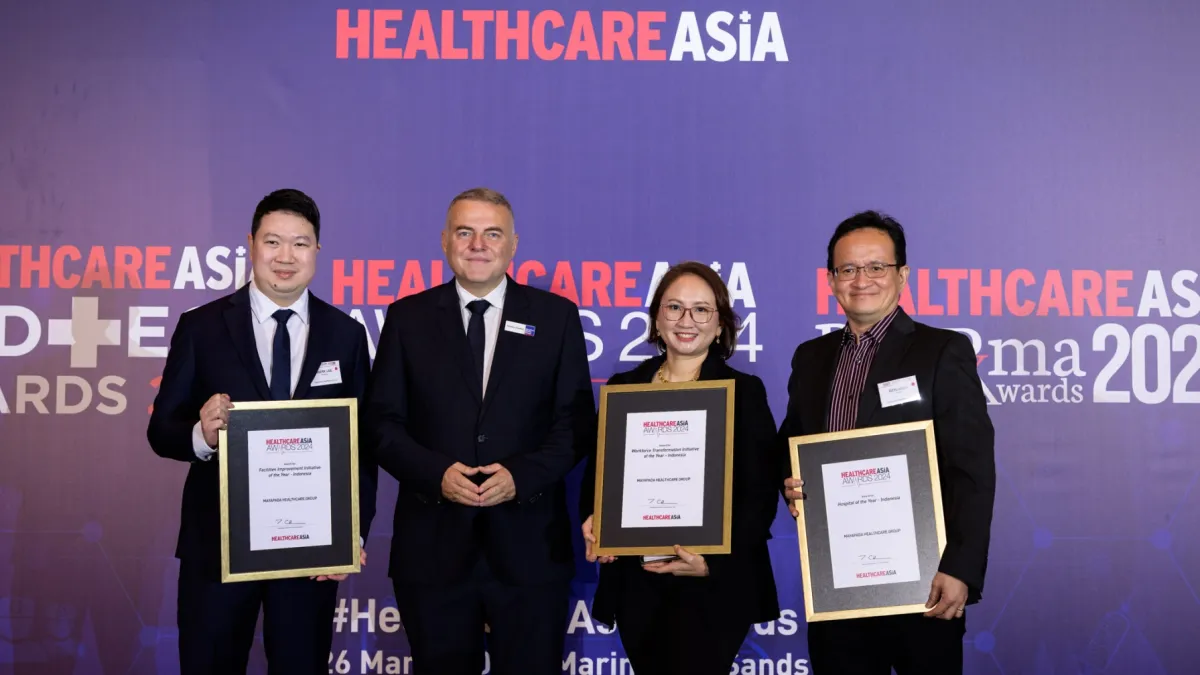
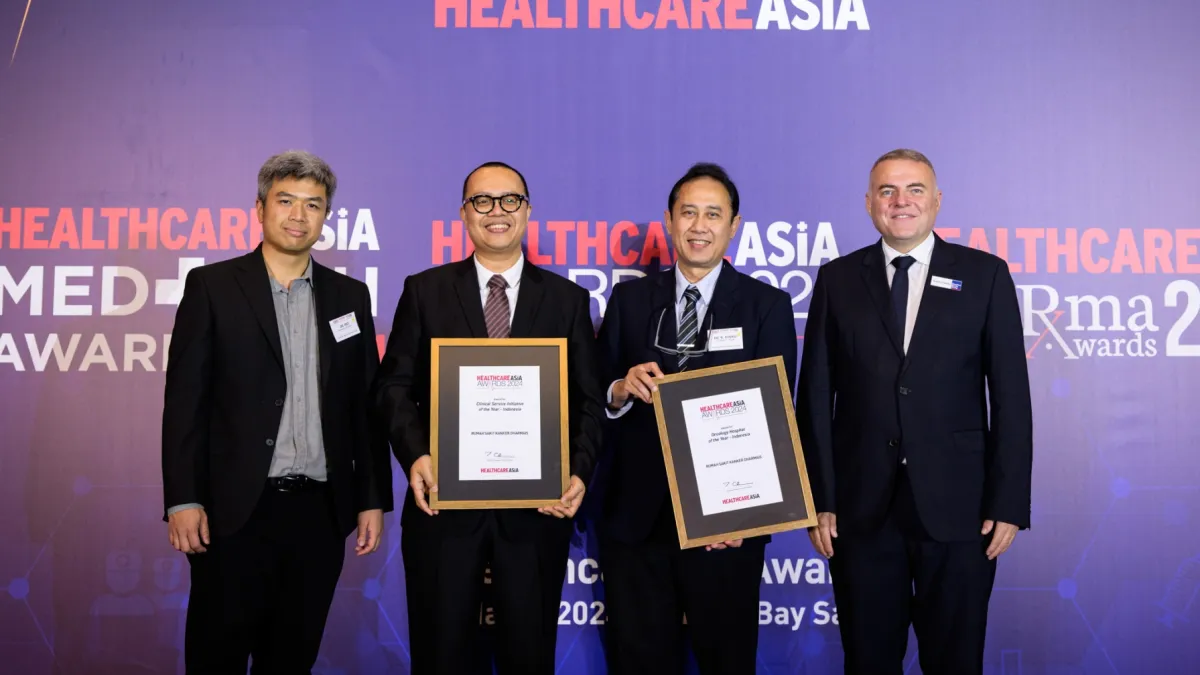

 Advertise
Advertise

